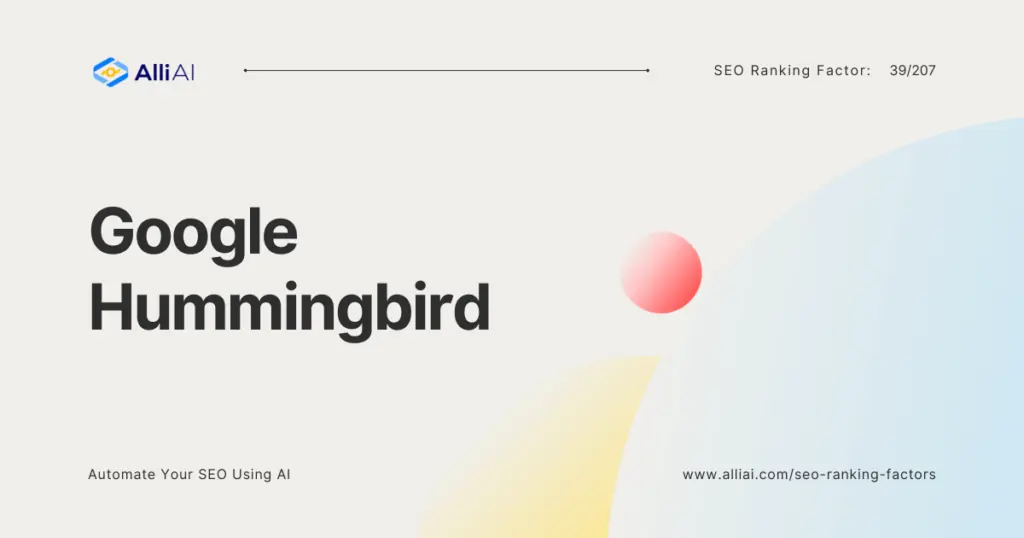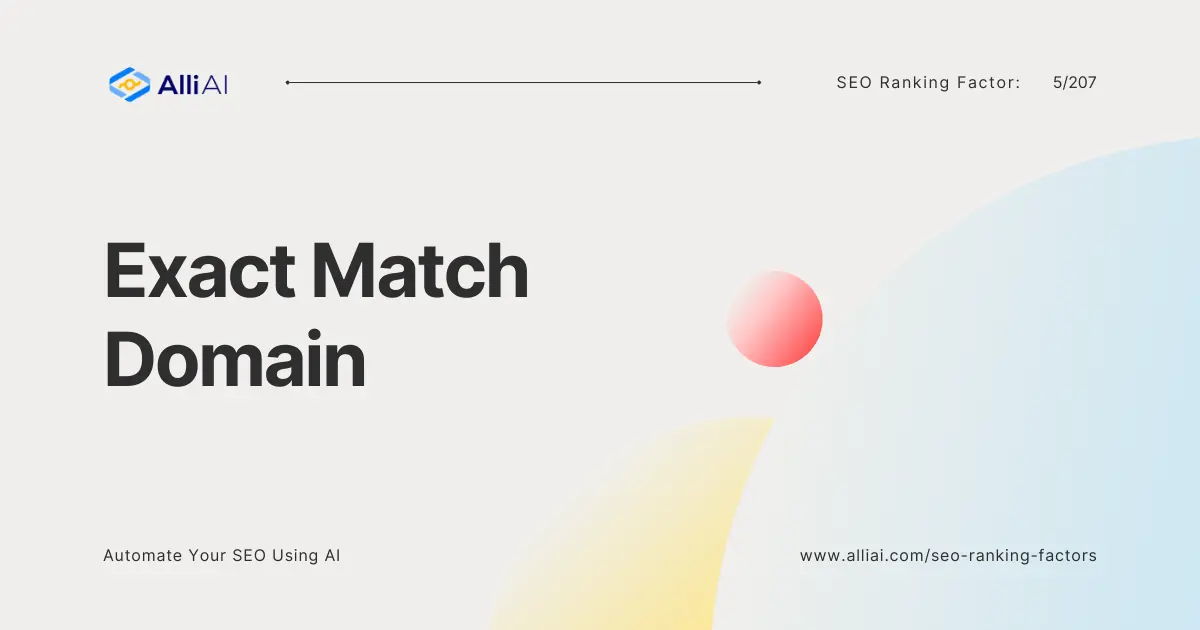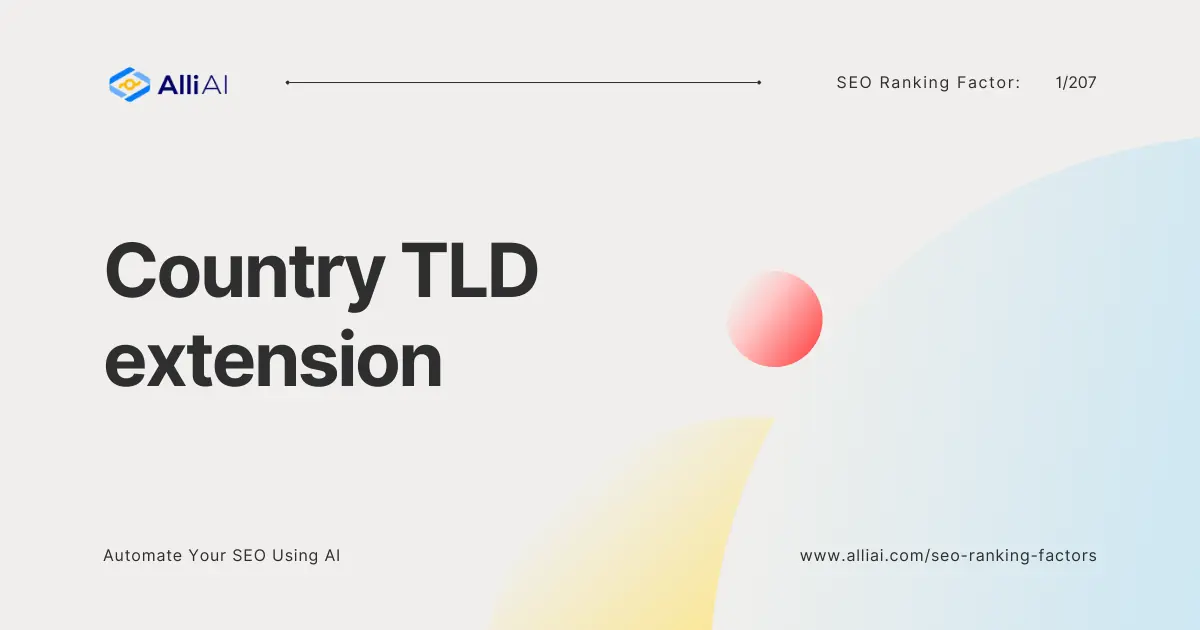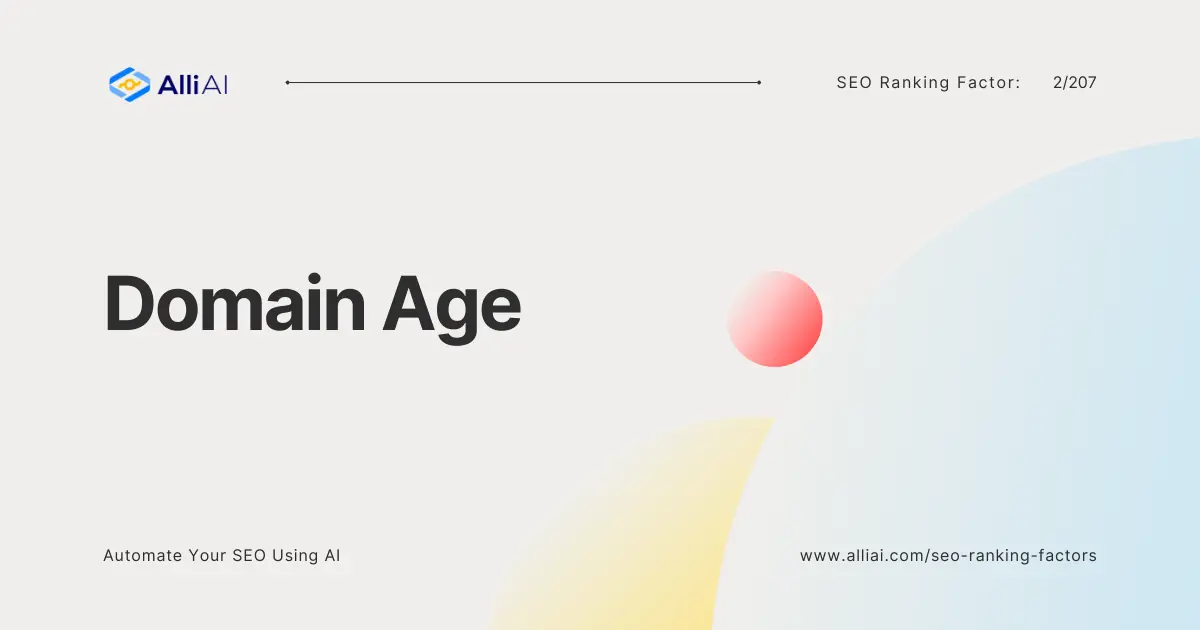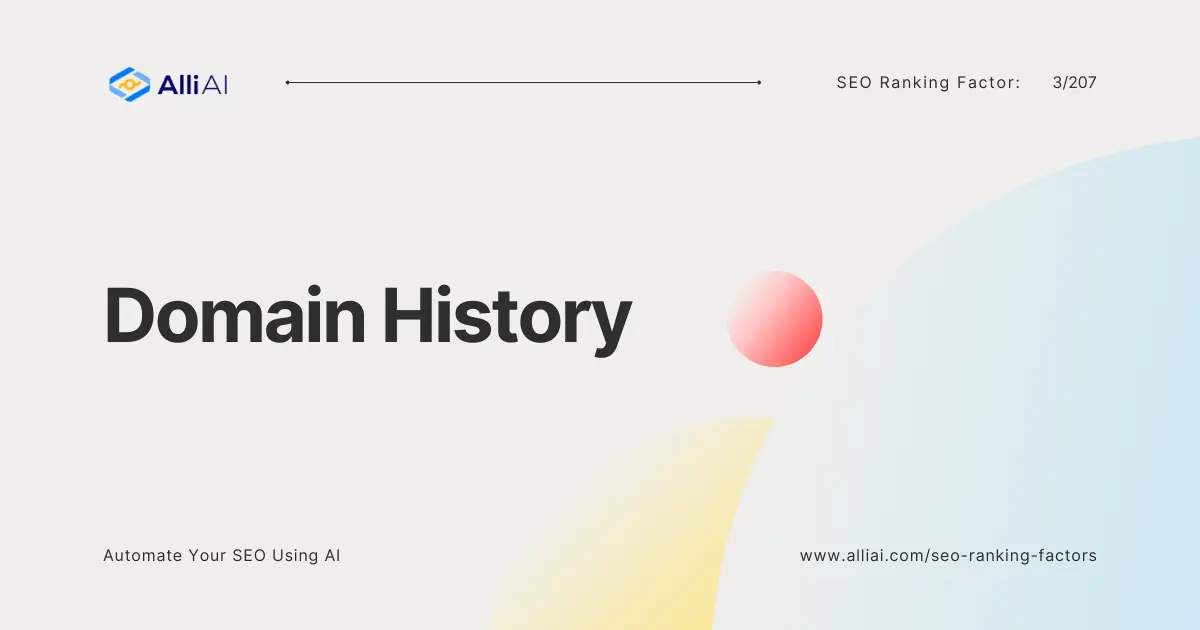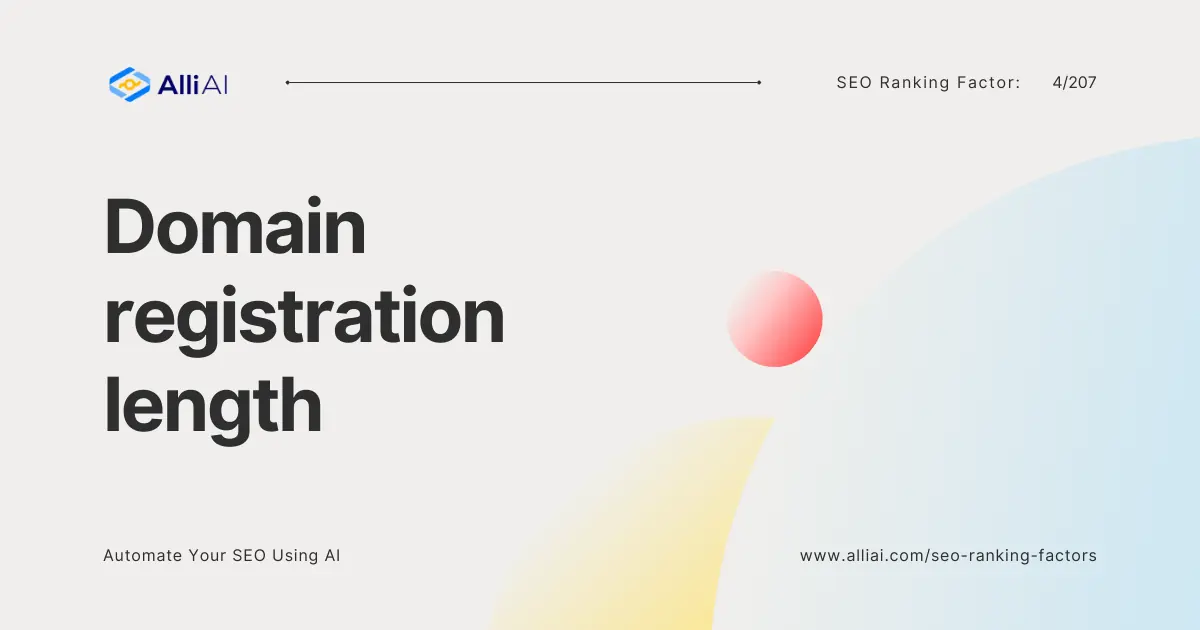What is Google Hummingbird?
Google Hummingbird is a significant algorithm update that Google introduced in August 2013. This update was named “Hummingbird” for being precise and fast. It represents a complete overhaul of the core algorithm while retaining some of the old factors and signals. Unlike its predecessors which were more focused on keywords and links, Hummingbird is designed to better focus on the meaning behind the words. It attempts to understand the searcher’s intent and the context of the query rather than just parsing through individual keywords.
Why is Google Hummingbird important in SEO?
Hummingbird’s revolutionary impact stems from its sophisticated technological underpinnings. It leverages a combination of artificial intelligence (AI) and natural language processing (NLP) techniques to decipher the nuances of human language and search behavior.
At the heart of Hummingbird lies the Knowledge Graph, a massive database of entities and their relationships. This knowledge base enables Hummingbird to understand the context of a query, recognizing that “apple” could refer to a fruit, a tech company, or a historical figure, depending on the user’s intent.
Furthermore, Hummingbird employs semantic search, a technique that goes beyond simple keyword matching to analyze the meaning of words and phrases in relation to each other. This allows it to understand synonyms, related terms, and even the subtle nuances of conversational language.
By combining these technologies, Hummingbird can interpret complex queries, identify user intent, and deliver more relevant and personalized search results.
How Google Hummingbird affects SEO?
The introduction of Hummingbird has had a profound effect on search engine results pages (SERPs). Gone are the days of keyword-stuffed pages dominating the rankings. Instead, Hummingbird prioritizes high-quality, comprehensive content that addresses the user’s intent.
One of the most noticeable changes is the rise of featured snippets, the informative boxes that appear at the top of search results. These snippets often answer the user’s query directly, eliminating the need to click through to a website. Hummingbird’s ability to understand natural language has made featured snippets more prevalent, as it can identify content that succinctly answers complex questions.
Another notable impact is the increased importance of long-tail keywords. These longer, more specific phrases often reflect how people naturally speak or type queries. Hummingbird’s focus on intent makes long-tail keywords valuable for targeting niche audiences and capturing traffic from users with clear search goals.
Beyond Keywords: SEO Strategies for the Hummingbird Era
The Hummingbird update has forced SEOs to rethink their strategies and prioritize user intent over keyword density. Here are some key tactics for optimizing content for Hummingbird:
- Comprehensive Content: Create in-depth, informative content that thoroughly covers a topic and addresses a variety of related questions.
- Semantic Keywords: Incorporate synonyms, related terms, and variations of your target keywords to capture a wider range of search intent.
- Featured Snippet Optimization: Structure your content to answer common questions concisely and accurately, increasing your chances of being featured in a snippet.
- User Intent Mapping: Analyze the different stages of the user journey and create content that caters to each stage, from initial research to final decision-making.
- Mobile Optimization: Ensure your website is mobile-friendly and loads quickly, as mobile and voice search continue to rise in popularity.
Optimizing for Hummingbird: Best Practices
To optimize effectively for Google Hummingbird:
- Focus on Natural Language: Write in a natural, conversational tone that answers questions directly and comprehensively.
- Use Schema Markup: Implement structured data to help Google understand the context of the content you’re providing.
- Develop Topic Clusters: Organize content into topic clusters to cover a subject comprehensively, ensuring that all facets of the topic are addressed, enhancing the thematic strength of your site.
FAQ
How can I optimize my website for Google Hummingbird?
To optimize for Google Hummingbird, focus on creating detailed, quality content that aims to address the user’s intent behind search queries. Use natural language and consider the various ways someone might phrase a question related to your content. Additionally, ensure your site is mobile-friendly and loading quickly to cater to mobile and voice searches.
Does keyword research still matter with Hummingbird?
Yes, keyword research still matters but in a nuanced way. It’s about understanding the topics and questions your audience is interested in and the intent behind those searches. It’s less about targeting exact-match keywords and more about covering a topic thoroughly and answering related questions comprehensively.
How does Hummingbird affect long-tail keywords?
Hummingbird gives more importance to long-tail keywords because they tend to be more conversational and reflect natural speech patterns. This kind of keyword often carries clear intent and, therefore, allows content creators to tailor their content more effectively to meet the user’s needs.
Conclusion
Google Hummingbird has fundamentally transformed the SEO landscape, shifting the focus from keyword density and backlink profiles to the intent behind search queries and the quality of content. This encourages a more organic, user-focused approach to SEO, where the goal is to provide value and answer the searcher’s question as comprehensively and naturally as possible. It’s crucial for SEO professionals and content creators to adapt to this change by focusing on quality, relevance, and user intent to stay ahead in the rankings.
